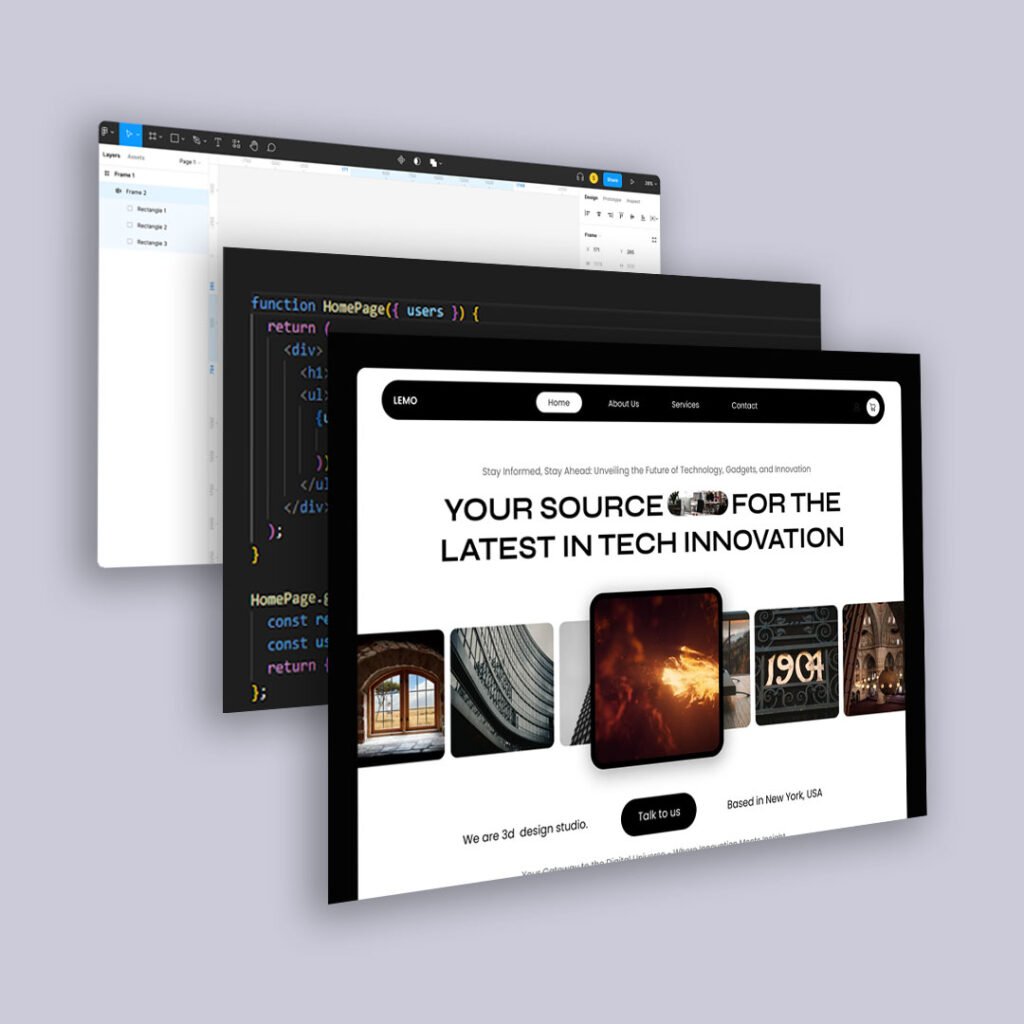We designed our tools to make work seamless. We trained ourselves to make work constant. The cost is attention that never fully arrives.
The cost of “available now”
Email, Slack, Teams, and PM platforms promise frictionless collaboration. In practice, most days look less like a focused sprint and more like a pile-up: threads, DMs, @mentions, approvals, and “quick questions” layered on top of each other. Responsiveness becomes a proxy for reliability. We reward speed—even when it adds little substance—and normalize a mode where everything is “right now.”
Attention doesn’t switch; it splinters
Task switching leaves cognitive leftovers—what psychologists call attention residue. You carry fragments of the last thread into the next task. One interruption isn’t fatal; a dozen, every hour, dulls concentration and creativity. Over time you still feel busy, but the work feels thinner. You’re “on” all day and yet rarely absorbed.
Culture trains the brain
The real risk isn’t just the minutes lost—it’s adaptation. If the expectation is to answer every ping immediately, your brain learns to hover on the surface. You become excellent at monitoring and mediocre at making. We don’t intend to trade depth for speed; we drift there because the environment pays out instant replies and treats deep work like a luxury.
What this looks like on real teams
Product & engineering. A developer coding a complex web app feature is pulled into three “just a sec” bug pings, a sprint-planning side thread, and two status checks. The feature launches, but the architecture lacks the clarity they had at 9:00 a.m.
Client services. An account lead answers messages within minutes across four channels. The client feels “heard,” but the quarterly strategy doc keeps slipping because the lead never gets a quiet 90-minute block to think.
Leadership. A VP is reachable at all times and praised for it. Decisions happen quickly—but patterns don’t emerge. Strategy becomes a series of fast fixes rather than a coherent path forward.
The Focus Protocol (One Section, No Redundancy)
Principle: Not every interruption is bad; the point is to choose them—and contain the rest.
- Classify responses (team-wide).
- Urgent = safety/revenue-critical/production-down → respond now.
- Important = blocks someone today → ≤2 hours.
- Everything else → batch to set windows.
Label messages with the class. Most “urgent” turns out “important” once impact is named.
- Protect two focus blocks (individual + team norm).
- 60–90 minutes, calendar-visible, DND on.
- VIP list can break through for true urgent only.
- Pin one line in the main channel: “During focus blocks, expect delays unless urgent.”
- Consolidate and mute by default (channels).
- One primary work channel; mute the rest.
- Route all alarms to a single #urgent; turn others into twice-daily digests.
- Kill pop-up banners; keep quiet badges.
- Office hours for fast loops (collaboration).
- Two windows/day for live back-and-forth (e.g., 10:30–11:00, 3:30–4:00).
- Outside those, default to async threads with clear prompts.
- No side-DMs during meetings; capture actions in the main thread.
- Last-responsible-moment habit (etiquette).
- Before pinging, ask: What’s the latest I truly need this to maintain quality?
- If it’s tomorrow, schedule the message for tomorrow.
Manager card (copy/paste):
“We measure throughput and quality, not reply speed. Use classes (Urgent/Important/Batched). Two focus blocks/day are DND by default. Office hours: 10:30–11:00, 3:30–4:00. Urgent can break through.”
Scripts, settings, and small levers that punch above their weight
Status script (for your profile):
“Heads-down on [project] 9:30–11:00 and 1:30–3:00. Urgent=ping twice + ‘urgent’. Everything else batched. Thanks!”
Kickoff script (for managers):
“We’ll measure throughput and quality, not reply speed. Expect two response windows/day plus true-urgent exceptions. If something blocks you today, label it ‘Important’ and mention the deadline.”
Calendar hygiene:
- Name focus blocks after deliverables (“Draft narrative v1”) to enforce purpose.
- Stack meetings back-to-back where possible to preserve longer open stretches.
Tool settings to change today:
- Turn off “someone is typing” and “message delivered” sounds.
- Disable push notifications for reactions and thread joins.
- Convert email notifications from your PM tool to a daily summary.
How leaders make this stick (without sounding anti-collaboration)
- Rewrite the norm. Publish a one-page “Team Responsiveness Standard” that defines response classes, windows, and urgent paths. This takes ambiguity—and guilt—off the table.
- Protect the first move. For strategy, design, architecture, and research, define a stage where the maker works alone until a tangible first draft exists. Review after, not during.
- Model it. Use your own focus blocks. Delay-send messages outside working hours. Praise thoughtful updates over instant replies in all-hands.
- Measure the right things. Track cycle time, defect rates, rework, and customer outcomes—not message velocity. If depth improves and rework drops, you’re winning.
Try this for one week
- Block two focus windows on your calendar, daily.
- Set Slack/Teams to DND during those windows; route only a single “urgent” channel through.
- Announce two response windows to your team and stick to them.
- At the end of the week, review one deliverable: Was the thinking clearer? Did rework shrink?
You don’t need a full organizational overhaul to rebuild attention. You need a few clear rules, some visible modeling, and the willingness to let response time stretch just enough for real work to happen again. The goal isn’t silence; it’s choice. When communication is constant, concentration is accidental. When communication is intentional, focus becomes possible—and the work gets better.





